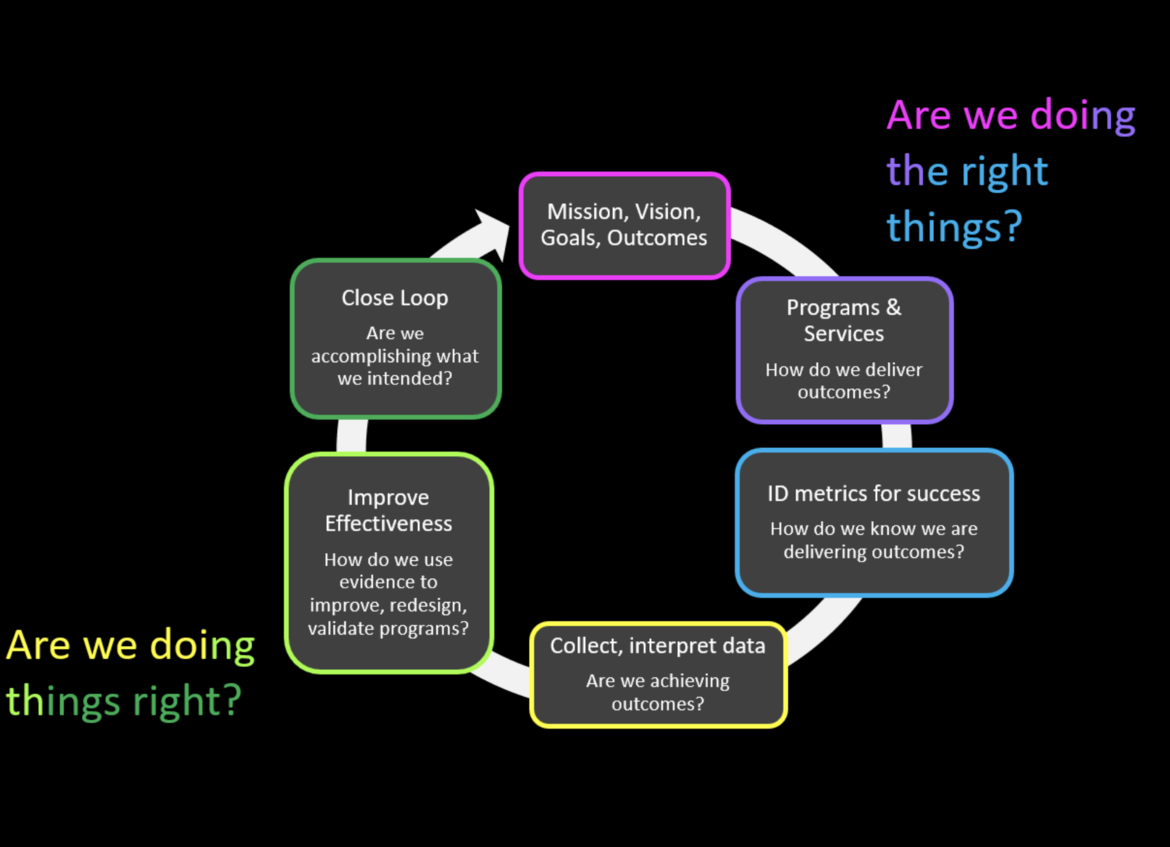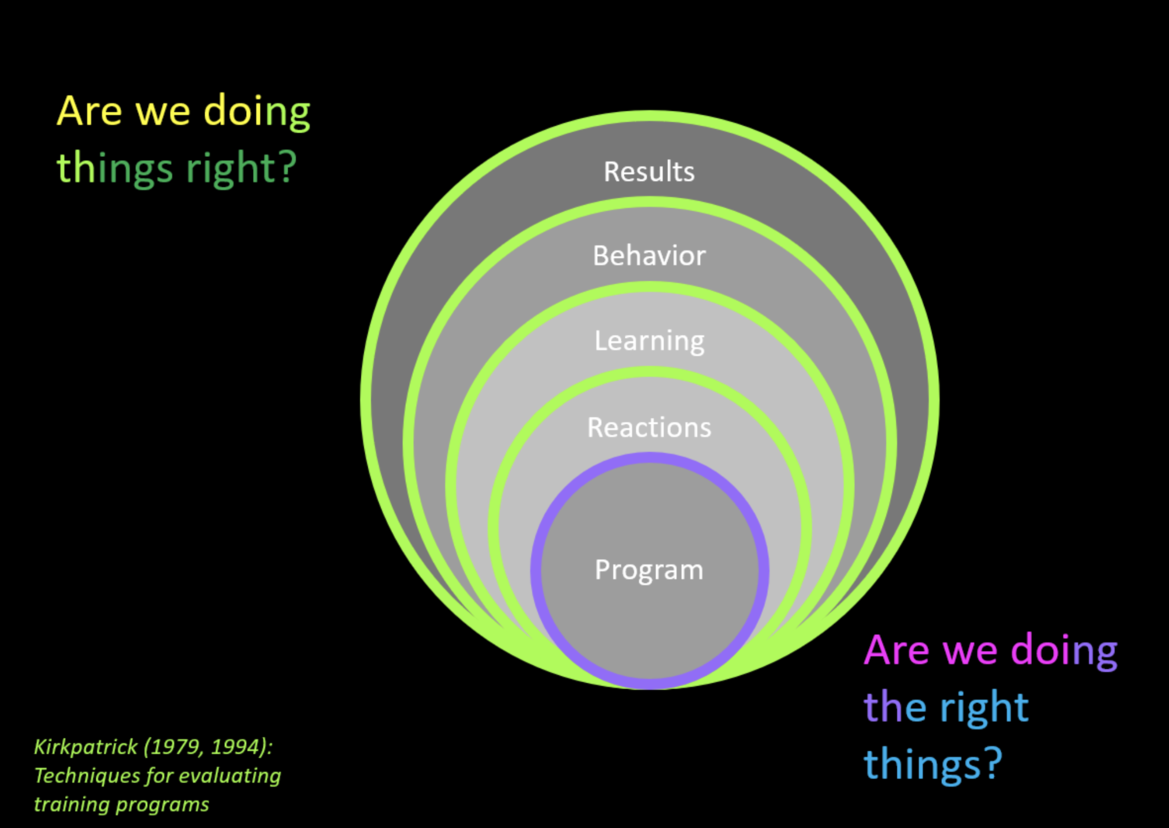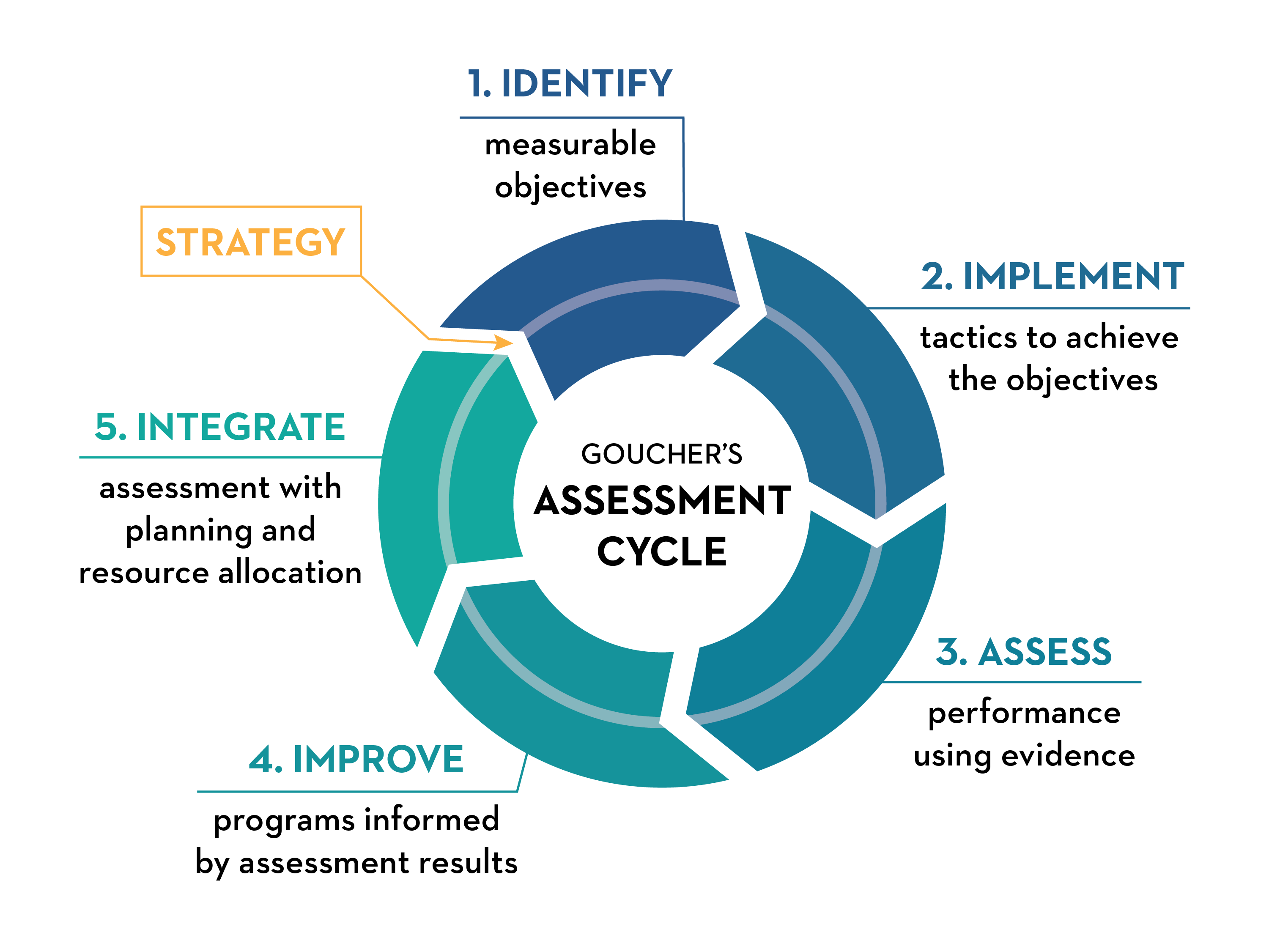
https://www.cuinsight.com/beginning-with-the-end-in-mind.html
Covey’s Framework
Stephen Covey’s 7 habits first debuted in 1989 and have been a major influence on shaping my higher education career. My familiarity with Covey emerged when I used to teach an undergraduate mentoring course early in my career in Student Affairs. The curriculum was based on Covey’s 7 habits. I found myself using the habits with regularity and particularly, habit 2. This habit is focused on the concept that everything is created twice, once as an idea that can be envisioned and twice, as the actual tangible item. Although this habit is based on your personal life with the self-help approach, I felt very strongly about its application to my work in Student Affairs. Begin with the End in Mind can be applied as a framework when we begin any project or task. We need to have a vision or mental image of what our intended outcomes will be prior to our bringing the project or task to fruition.
More importantly, in regards to beginning my career as a Student Affairs assessment professional, Covey’s habit 2 became a central part of the way I began to organize projects and strategy at the Divisional-level. In order to begin any assessment and research project, a clear picture and understanding of the outcomes need to be discussed alongside the project’s central questions is always an important first step. This fits nicely into the assessment cycle of Begin with the End in Mind because that is related to the central mission and goals of the assessment work. This is where strategic assessment planning work has its roots. When it comes to assessment planning, the process is dynamic and cyclical for a reason as our beginning is strongly related to our end goals. Beginning with questions related to the mission/goals and outcomes of the assessment cycle works in tandem with Covey’s Habit 2. Thus, Covey’s Begin with the End in Mind can be a vital framework to help us begin the planning process and successful implementation of building an assessment culture.
Doing the Right Things
Leading with Covey’s Habit 2, while discussing the intended outcomes of any project, engaging in answering why questions around how these outcomes are connected to the vision of the organization is critical. In tandem with these why conversations, then the next step is determining which assessment questions will be answered. Will this project focus on answering, “are we doing the right things?” Or will this project answer, “are we doing things right?” Questions addressing, “are we doing the right things,” focus on mission/vision, goals and outcomes. Projects in this realm may explore the needs of those served (e.g., needs assessment), they may focus on strategic alignment or cataloguing of services. These are the fundamental projects pertaining to building services and programs where assessment questions and tasks begin to be interwoven into the work.

Photo and intellectual credit to Dr. Brain Clark, our Assistant Director for helping visualize these within the assessment framework!
This can help foster a culture of assessment because they focus on the motivational questions of why we develop and deliver the types of programs and services we do for students and those we serve. More importantly, tapping into this human passion around why can remove some of the barriers and negative stigma some of our colleagues in Student Affairs may carry with them regarding assessment. Reframing and helping colleagues recenter their work and the reasons for engaging can be a motivational process in itself. This is a nice pairing for discussing needs-based assessment projects.
Doing Things Right
Helping support the why assessment and research projects is fundamental to our work. Another process for addressing strategic assessment questions is focused on understanding efficacy and impact. These are questions centering on, “are we doing things right?” These assessment projects may cover things from satisfaction to measuring attitudes, learning or behavior, and overall result changes. They may also be related to understanding behavioral changes, measuring impact and any type of value-added study regarding programming, experiences, etc. The Kirkpatrick Model of Evaluation helps visualize how to plan to answer, “are we doing the right things,” and “are we doing things right?” Measuring reactions may take less planning and effort to measure, while observing behavior changes may be harder. The further away from the program in the model indicates the planning that is needed to execute the answering of these types of assessment and research questions. It also keeps us focused on visualizing the planning process and helps mapping out how to plan and execute each assessment and research project.

Putting It All Together
Regardless of which assessment and research questions are answered,“are we doing the right things?” or, “are we doing the right things”, the next process of the assessment cycle is to focus on collecting the information, interpreting and sharing the results. This begins the process of using information to provide feedback, recommendation and actions based on what is learned through this critical process.
When it comes to strategic assessment planning, Beginning With the End in Mind can help you answer the fundamental assessment and research questions in Student Affairs “are we doing the right things?” or, “are we doing the right things.” These can be answered with more strategy by embedding these into the assessment cycle. They can be further visualized utilizing the Kirkpatrick Model of Evaluation for planning on how to organize, design and plan for assessment and research projects.

https://www.goucher.edu/institutional-effectiveness/effectiveness-accountability
How are you using strategic assessment planning on your campus?
How do you feel about using Covey’s Habit 2, Begin with the End in Mind to aid in assessment planning?
What kind of assessment projects are you doing to help answer, “are we doing the right things?” or, “are we doing the right things?”
Renee Delgado-Riley, University of Oregon

